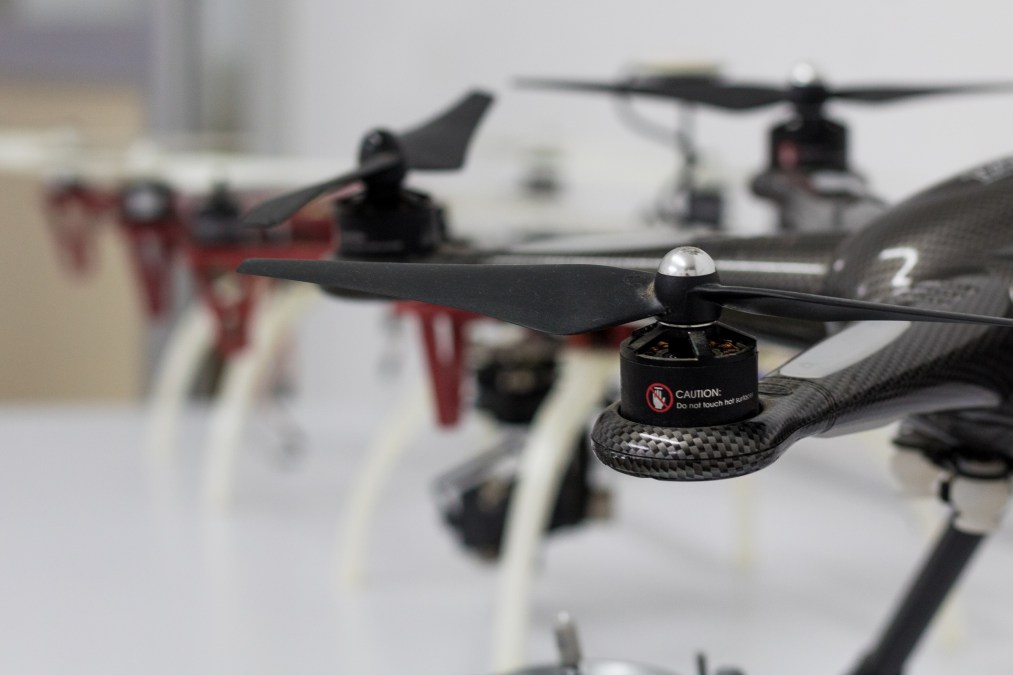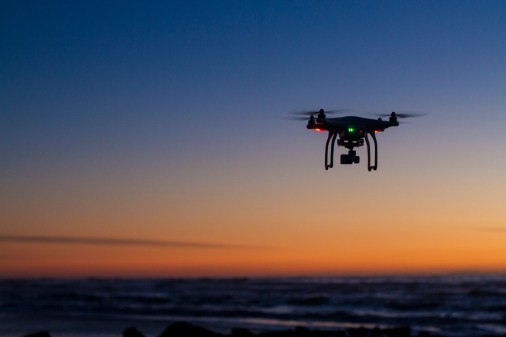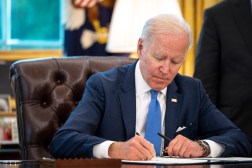Agencies told to assess if they can end contracts for drones built by foreign adversaries

Agencies must determine if they can stop buying drones built by foreign adversaries or containing certain software or hardware from those countries, according to an executive order President Trump issued Monday.
The order calls for assessments of current unmanned aircraft systems (UAS), and it requires agencies to tell Office of Management and Budget if they have the ability to halt those existing procurements, grants and contracts. Trump’s order has no firm deadline. President-elect Joe Biden could choose to reverse it or alter it after taking office Wednesday.
The executive order is an attempt to secure the federal drone fleet and airspace by limiting agencies’ reliance on potentially compromised UAS to access, gather and maintain sensitive data during operations like natural disaster relief efforts. North Korea, Iran, China and Russia are named. China, in particular, has a big share of the global market for drones.
“The use of UAS and critical components manufactured and developed by foreign adversaries, or by persons under their control, may allow this sensitive information to be accessed by or transferred to foreign adversaries,” reads the executive order.
The action by the White House applies to existing purchases. The General Services Administration, meanwhile, is trying to ensure that civilian agencies purchase drones from a list of manufacturers approved by the military.
The order provides no further guidance on what OMB must do with the information it receives from agencies.
Other provisions within the order may have more bite in terms of securing the federal drone fleet.
Agencies have 60 days to report the manufacturer, model and security protocols for drones they or their contractors operate, that are covered by the order, to the directors of the offices of National Intelligence (ODNI) and Science and Technology Policy (OSTP).
To fall under the executive order, the entire UAS does not have to be built by a U.S. adversary. A system could run afoul of OMB if one of the specified countries built the software or hardware used for storing, transferring or manipulating digital data. Passive electronics like batteries or wiring aren’t covered by the executive order.
The director of national intelligence has 180 days to work with the attorney general, Department of Homeland Security, OSTP and other relevant agencies to review those reports for security risks and make recommendations to President-elect Joe Biden on discounting use and removal of covered drones.
The Federal Aviation Administration director has 270 days to issue regulations restricting UAS use on or over critical infrastructure and other sensitive sites.
And agency heads are advised to budget for the removal of covered drones in favor of domestically developed ones. The order directs the OMB director to help agencies find funding for UAS replacements.
Trump’s executive order is similar to one preventing U.S. companies from using telecommunications technology made by firms with ties to foreign adversaries, namely China, and comes little more than a month after at least eight agencies were compromised in the SolarWinds supply-chain cyberattack conducted by Russia.






